Womxn we love
A Studio Visit with JoEllen Wang
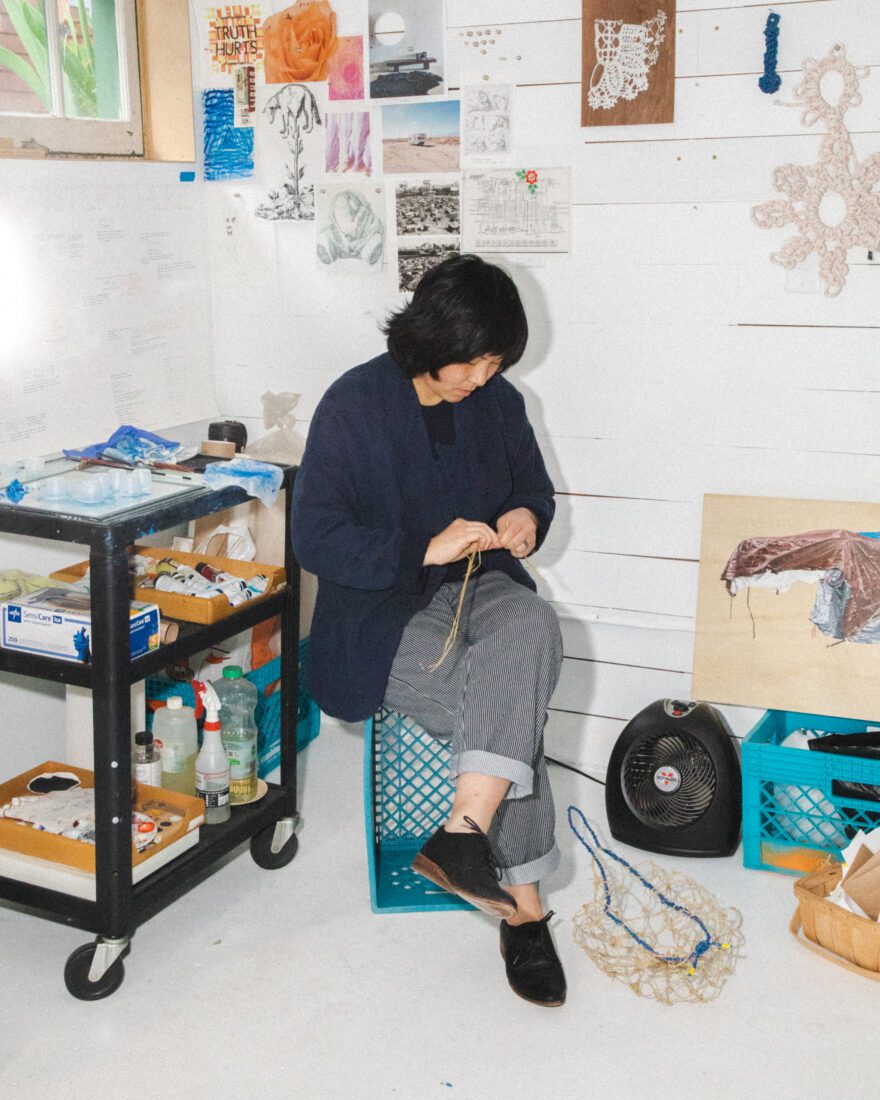
A Studio visit for our next womxn we love
We had the pleasure to visit the artist JoEllen Wang in her studio. JoEllen Wang is a conceptual artist interested in the overlap between social, economic, and environmental structures. She mainly explores the theme of shelter and often uses tarps as both subject and medium. She showed us her studio, home and chickens!
Interview by Lilia Ramirez
5/9/23
How did you come about the theme of shelter as the base of your work?
I spent my childhood moving every two years. I loved it. We didn’t move because of any insecurity, rather my parents were wanderlusts. With each move, I reinvented myself and had a new space to make my own. Then I studied architecture in college and was in that profession for a decade before starting a studio art practice.
I think I came into the world predisposed to being interested in shelter and then choices and circumstances led me to where I am now – expressing that interest through visual art.
What is your creative process?
For me, ideas often come about in the “in-between” times. Interesting thoughts tend to strike when waiting at my kid’s sports practice, commuting to a design job, or walking my neighborhood with my dog. The starting point of my art is everyday things and places around me. I might get a specific image of a “thing” in my mind – something I want to draw or paint – or I get an idea about a material or process that seems conceptually promising. With the latter, it’s a matter of carving out time to research or test ideas. The mixed media work happens in the “shop” side of the garage studio or spreads to other places in my house. When painting or drawing, I’m in a dedicated “clean” studio space, typically working from photographs. I move between “producing” work, testing weird ideas that may go nowhere, and researching. It’s not a linear process.
“I am drawn to ubiquitous yet universally devalued subjects – plastics, weeds, and mothers. I want my work to evoke awe – to be wonderfully disturbing. In all my work, I try to balance humor and sincerity, hoping the combination leads viewers to nuanced conversations”
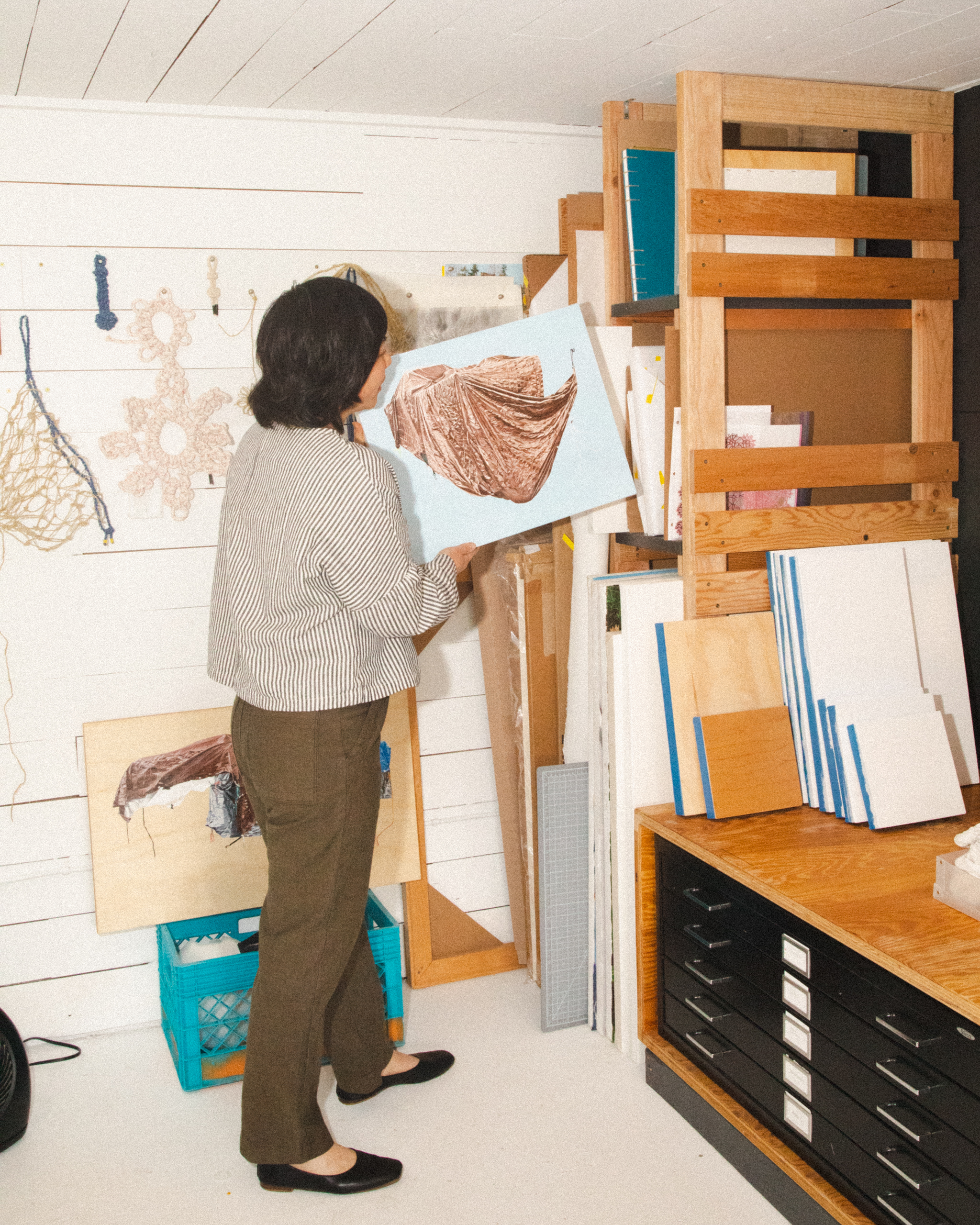
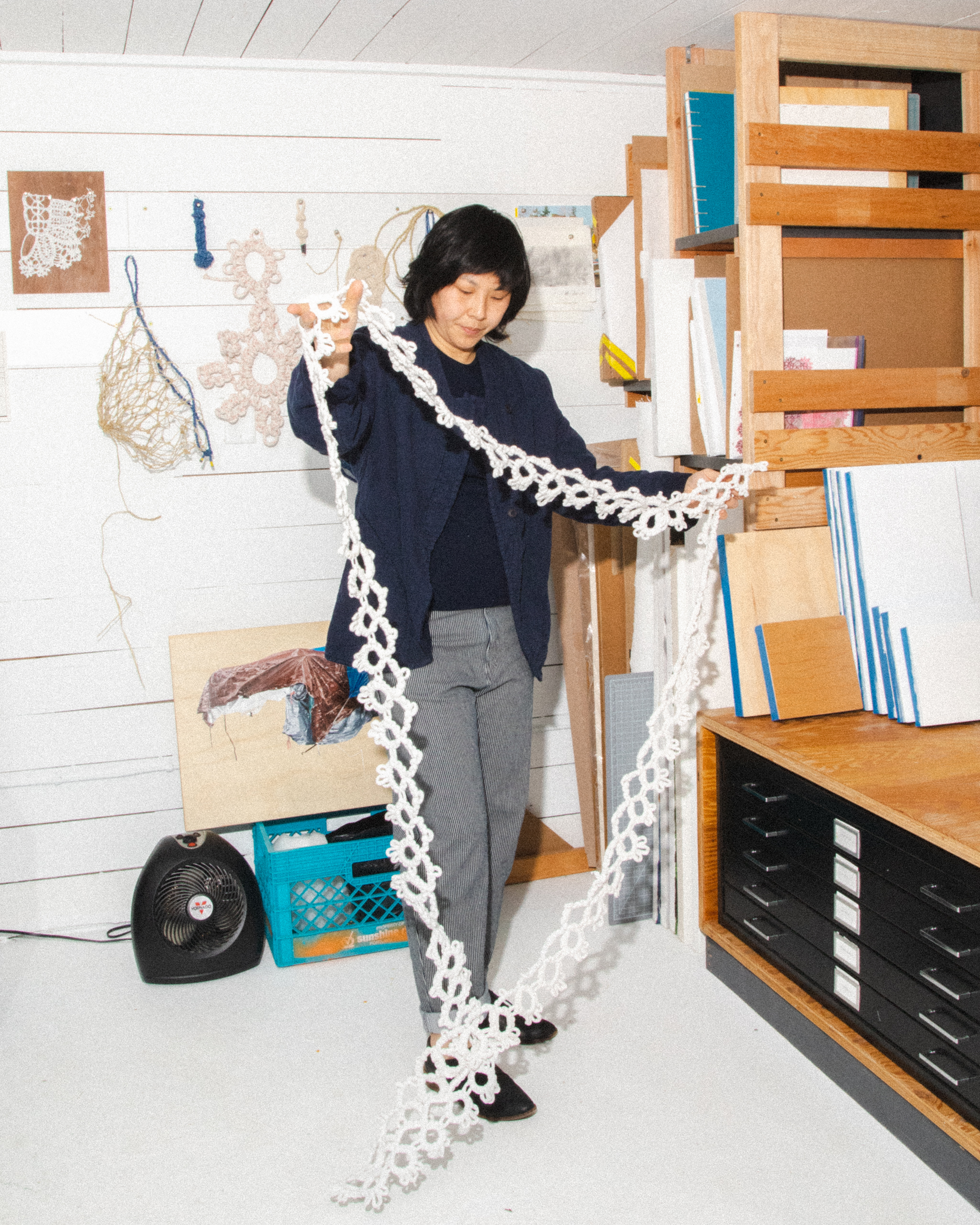
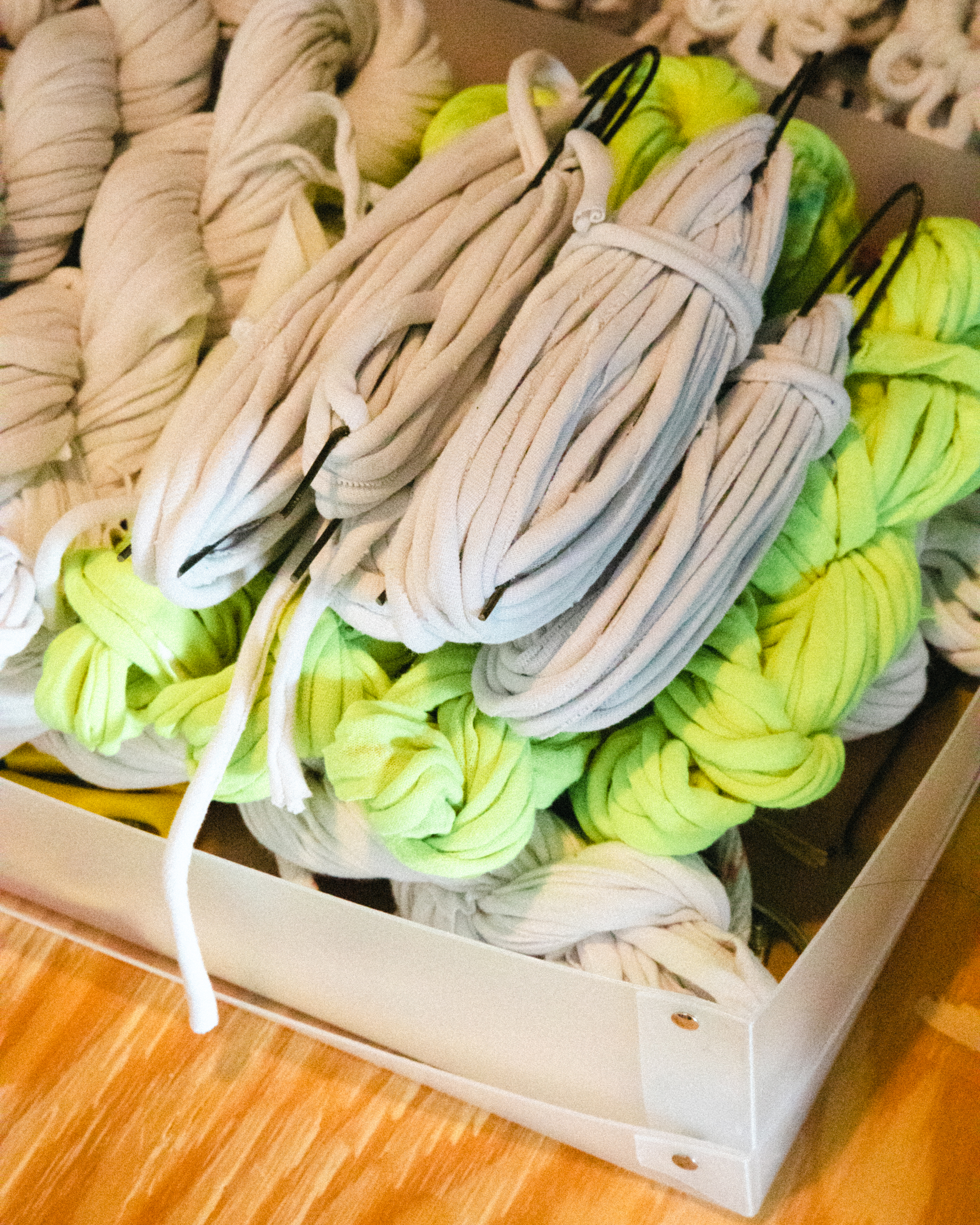
“I believe that living is an act of rebalancing, and I am drawn to the tension inherent in the process: the tenuous balance between natural and man-made; the progression of certainties, constructed on passing cultural interpretations; the labor for self-understanding, existing as a woman habituated to the idea that others know better.”
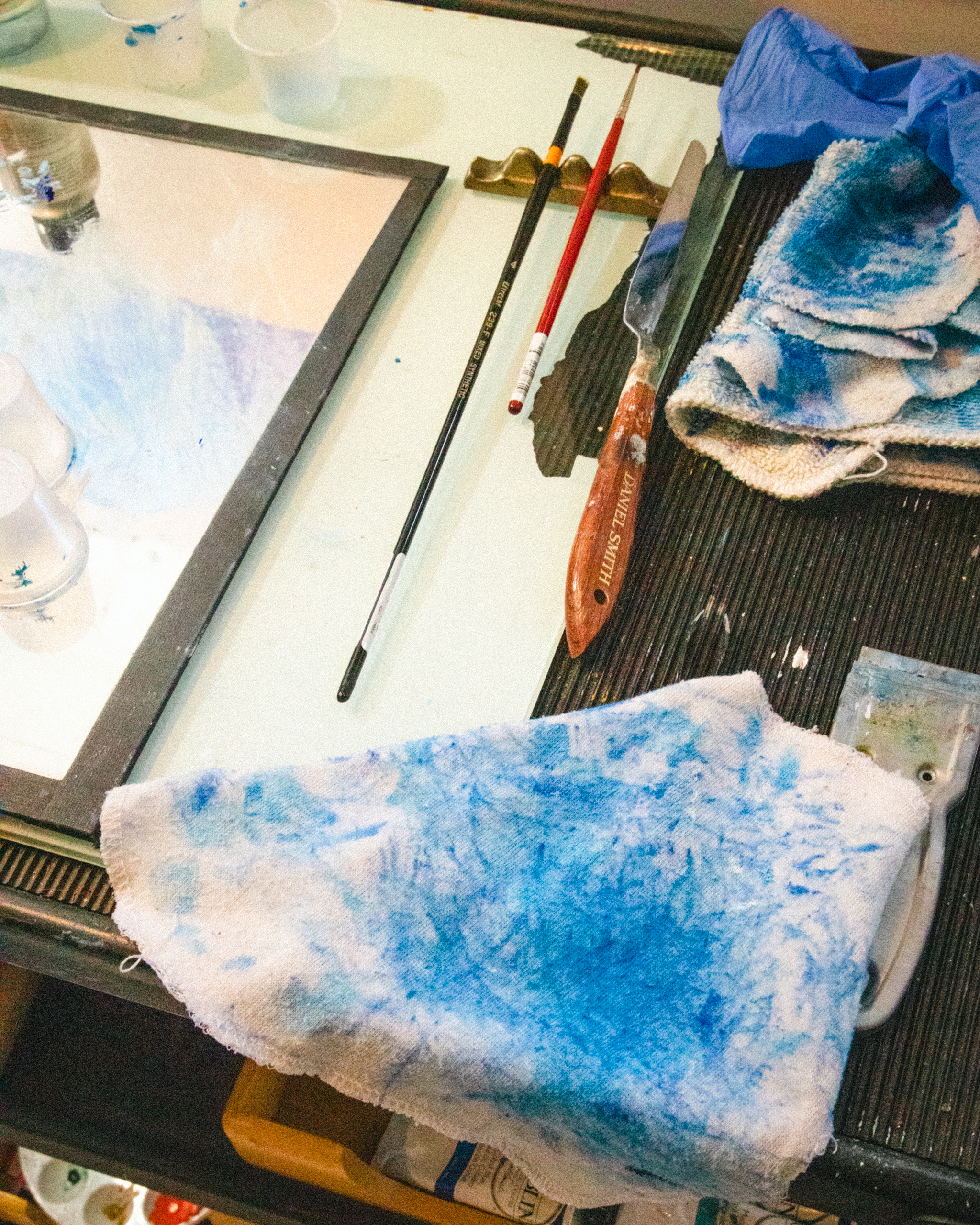
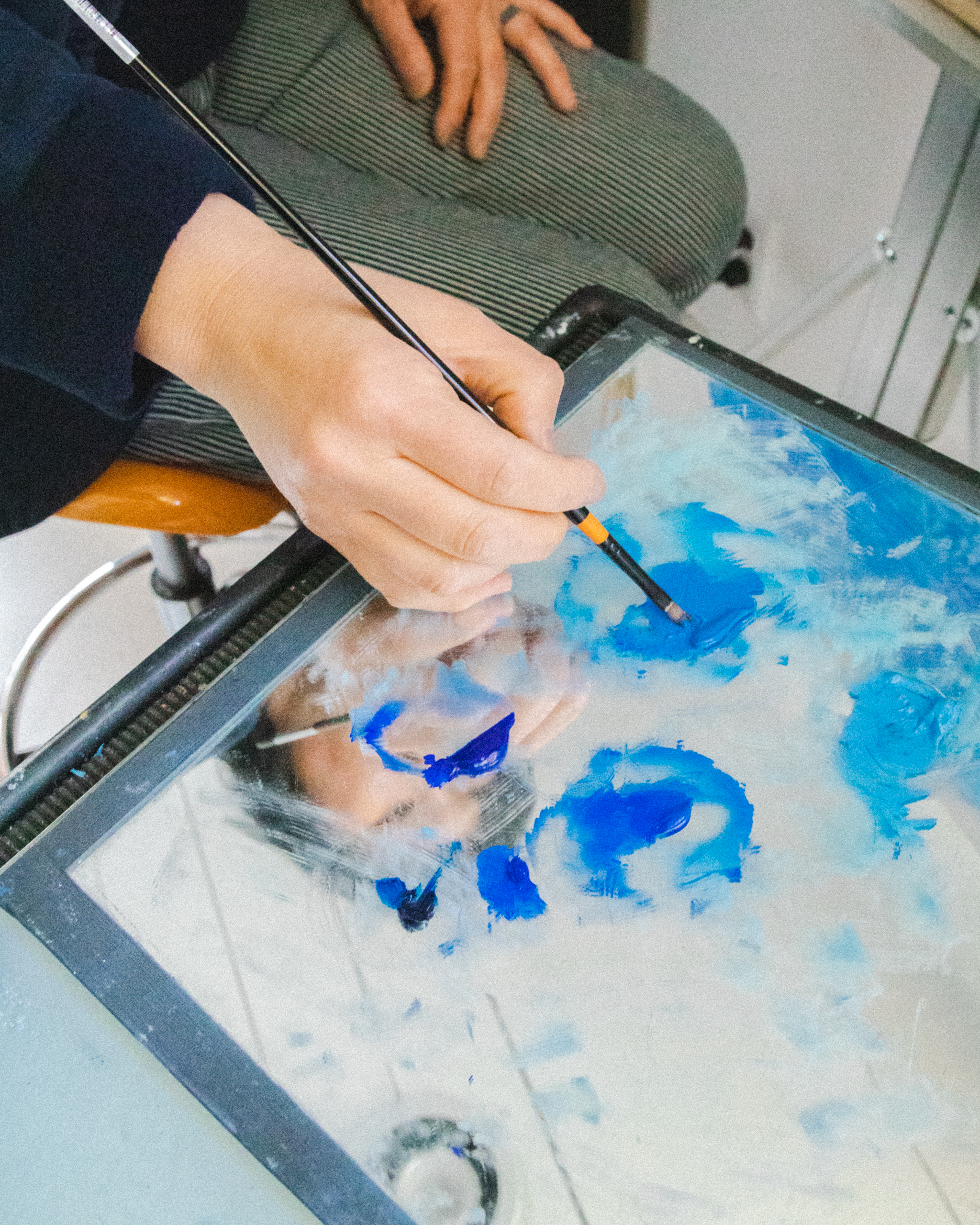
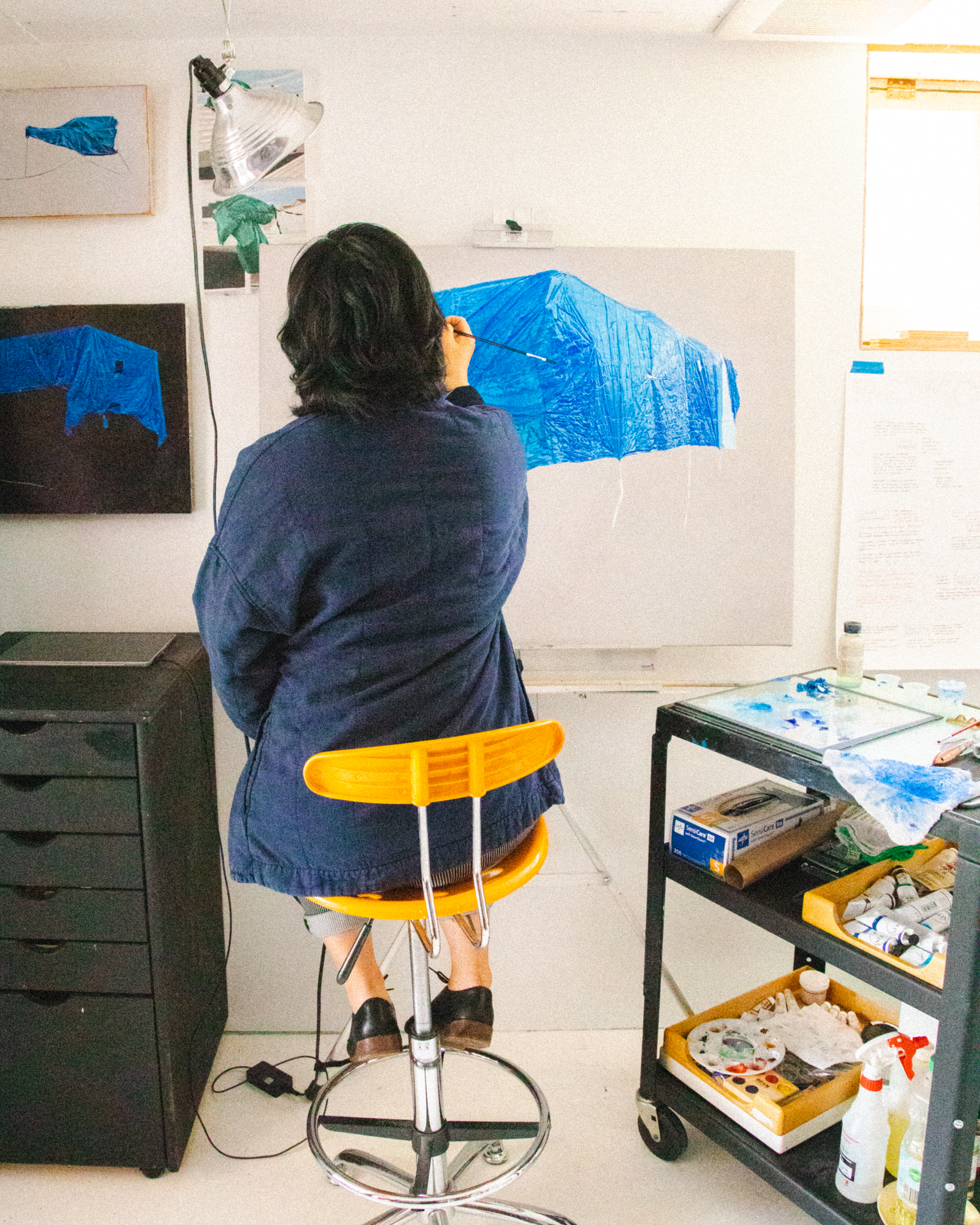
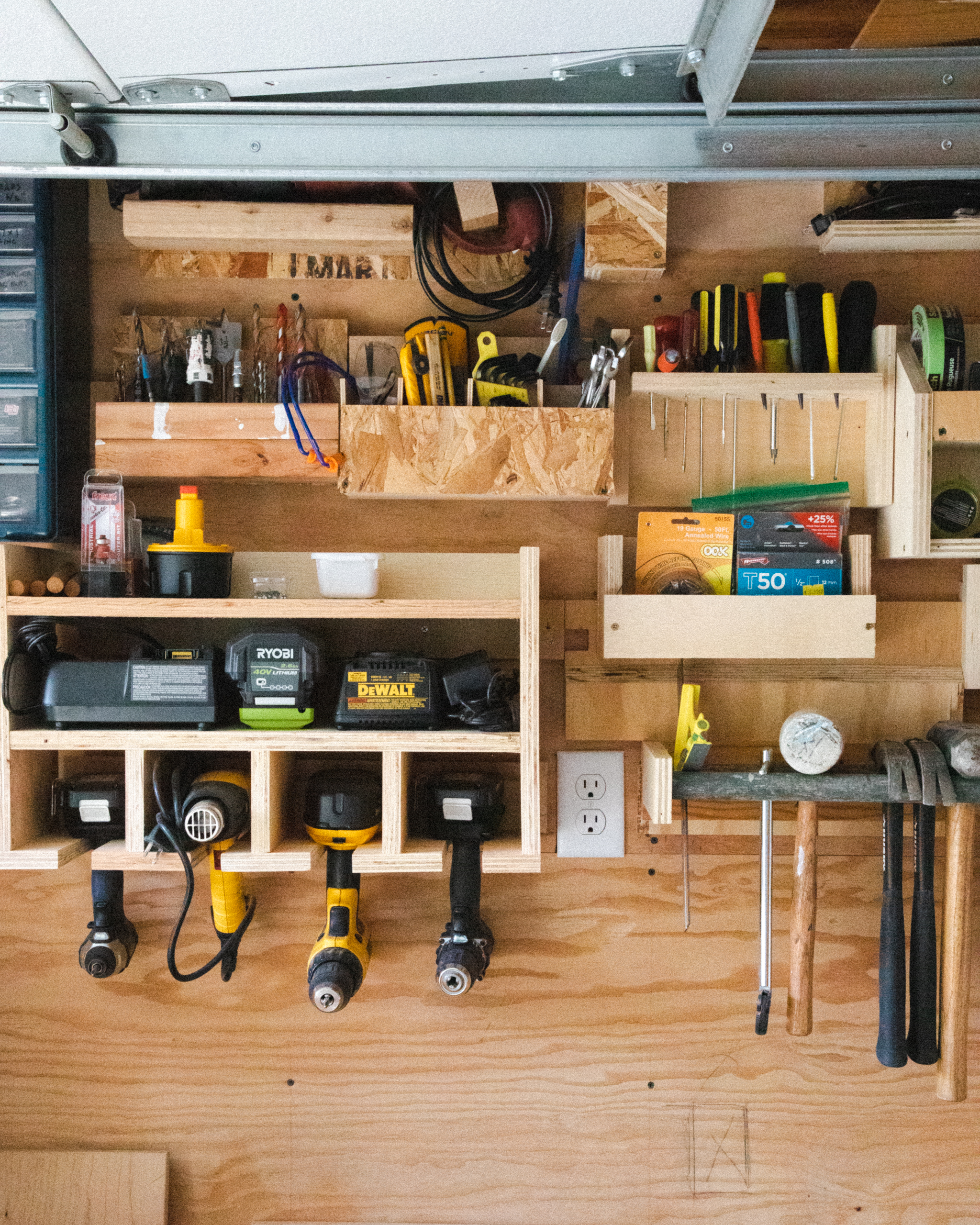
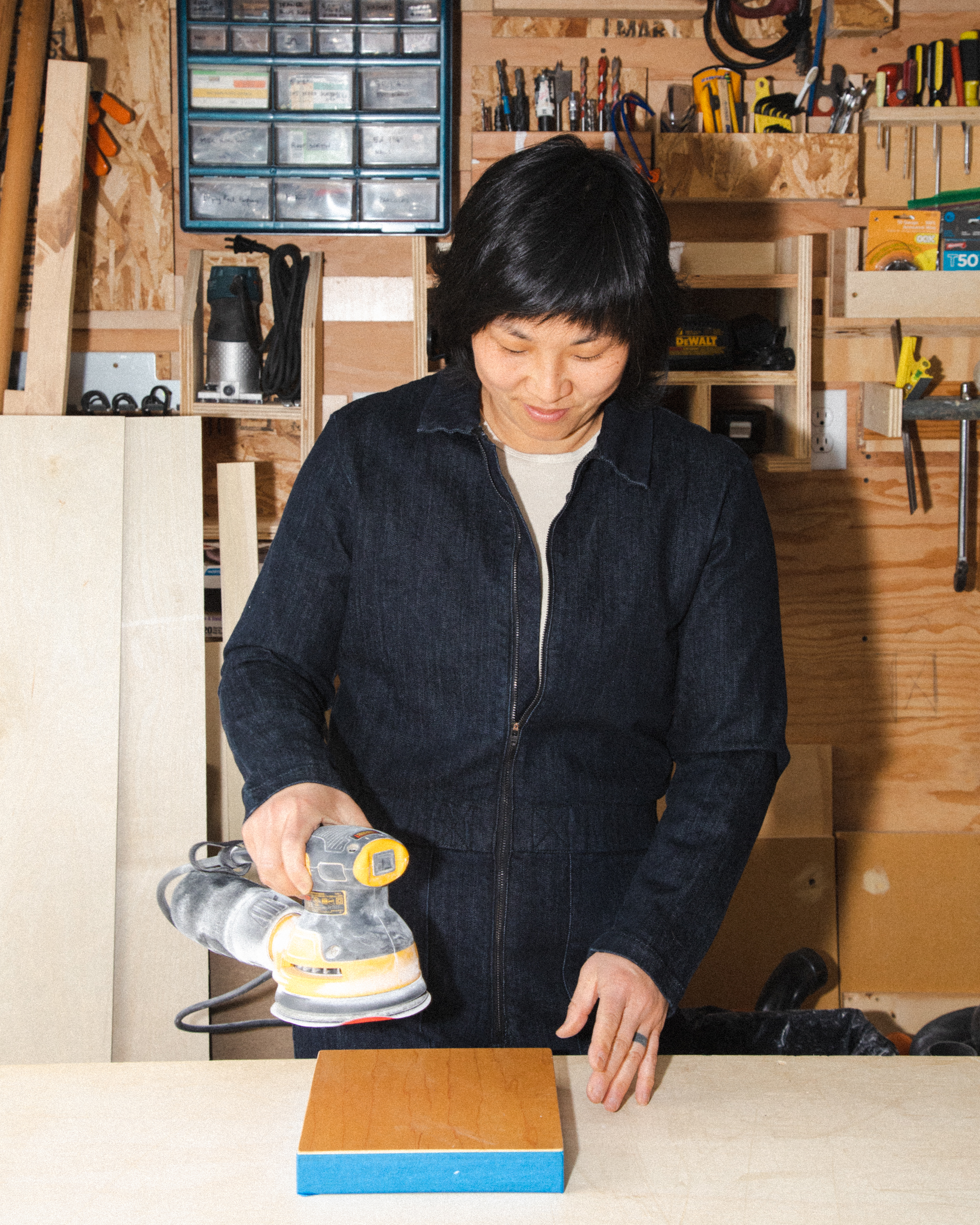
Tell us about your Public Art Exhibitions. What attracts you to public art in particular?
Public Art is so enticing because you potentially have a huge audience. To make art that is publicly accessible, equitable, and relevant to people is a compelling goal. Honestly, I am most in awe of guerrilla art and street art. I did my first unsanctioned piece a few years ago. It was terrifying and ridiculous – I’m a Chinese woman and mother in my 40’s! But this “type” of art brings up an important question. Who decides how we use public space?
Which project has been the most fulfilling and Why?
The most fulfilling project is the most recent work completed that leads to a new idea or next step.
What are you currently working on?
Lately, I am exploring rope: lace, shimenawa, boat fender, girl scout lashings, etc. I’m trying to make use of the inner bark of blackberry vines as well as unwoven tarps. It’s a total mess right now and I don’t know where it’s going! Fortunately, I have an artist residency coming up where I’ll have some dedicated time to work on this. I’ll be at the Art Cottage at Richmond Beach Saltwater Park in Shoreline, WA, from May 20 – June 28. Community engagement is encouraged, and everyone is welcome to stop by during “open studios,” on Saturdays 9a-5p, during my residency. After that, I am working towards my exhibition at Gallery 4Culture in November in Seattle. People can sign up for my email newsletter (here) or follow me on Instagram for up-to-date information on upcoming events.
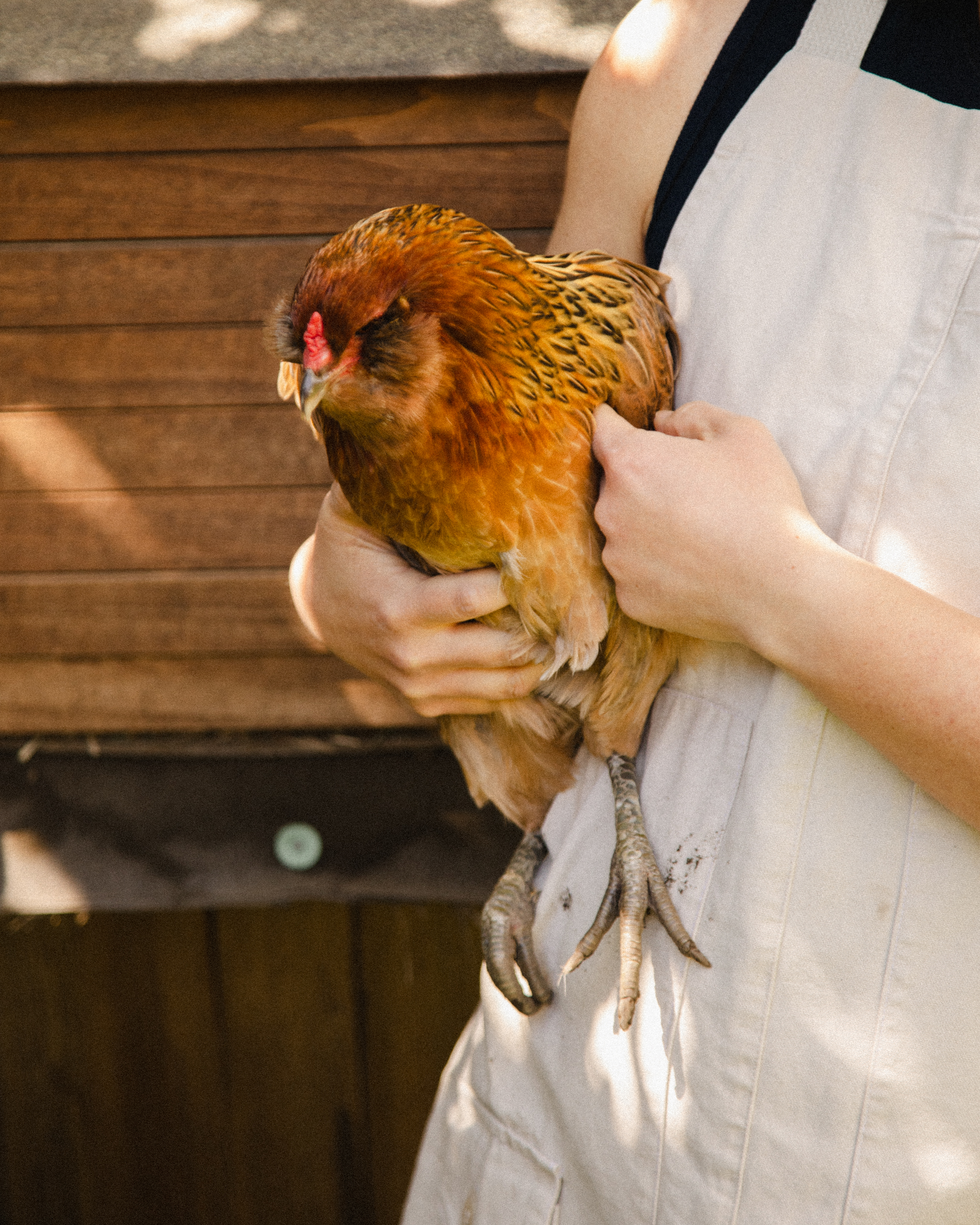
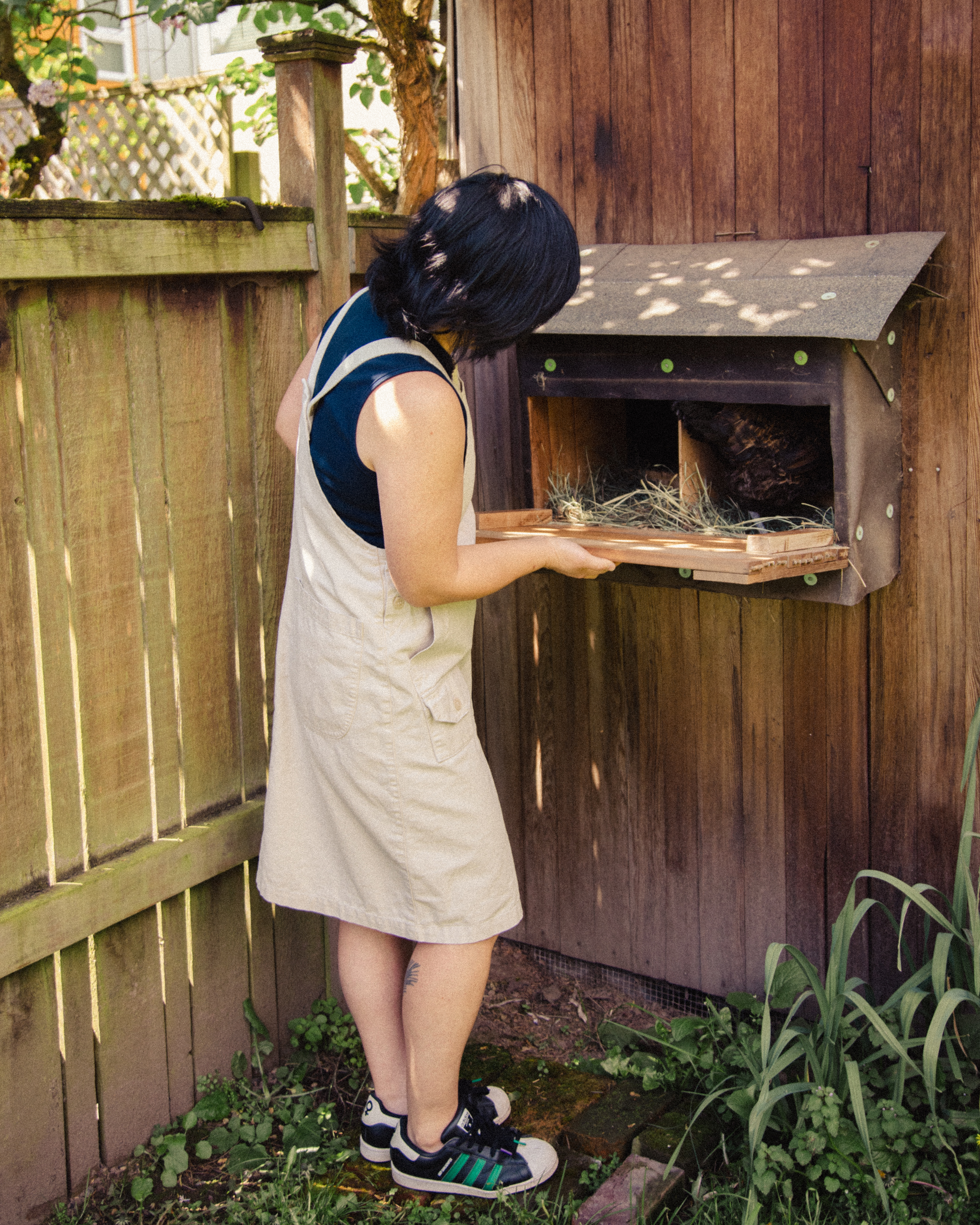
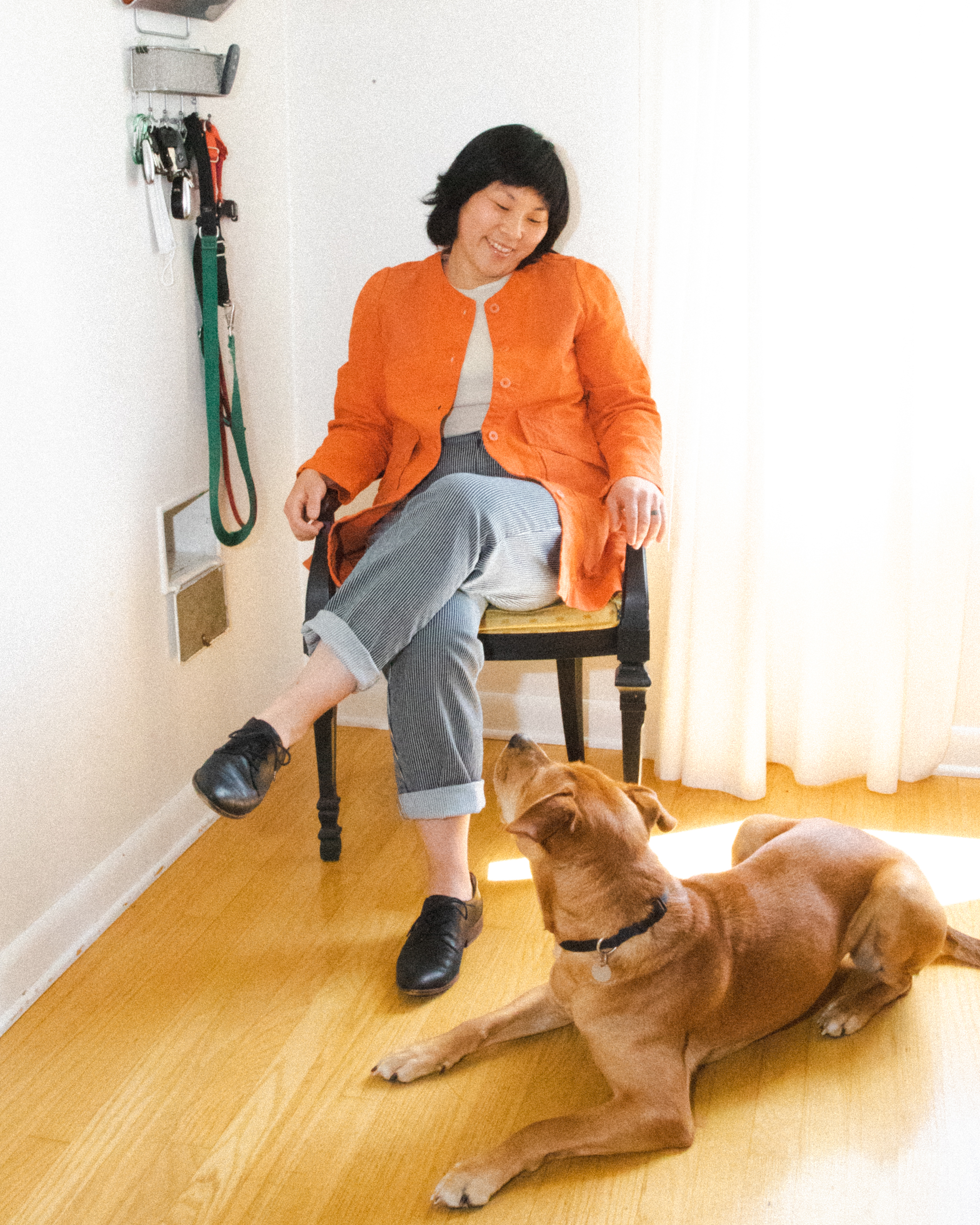
Past interviews
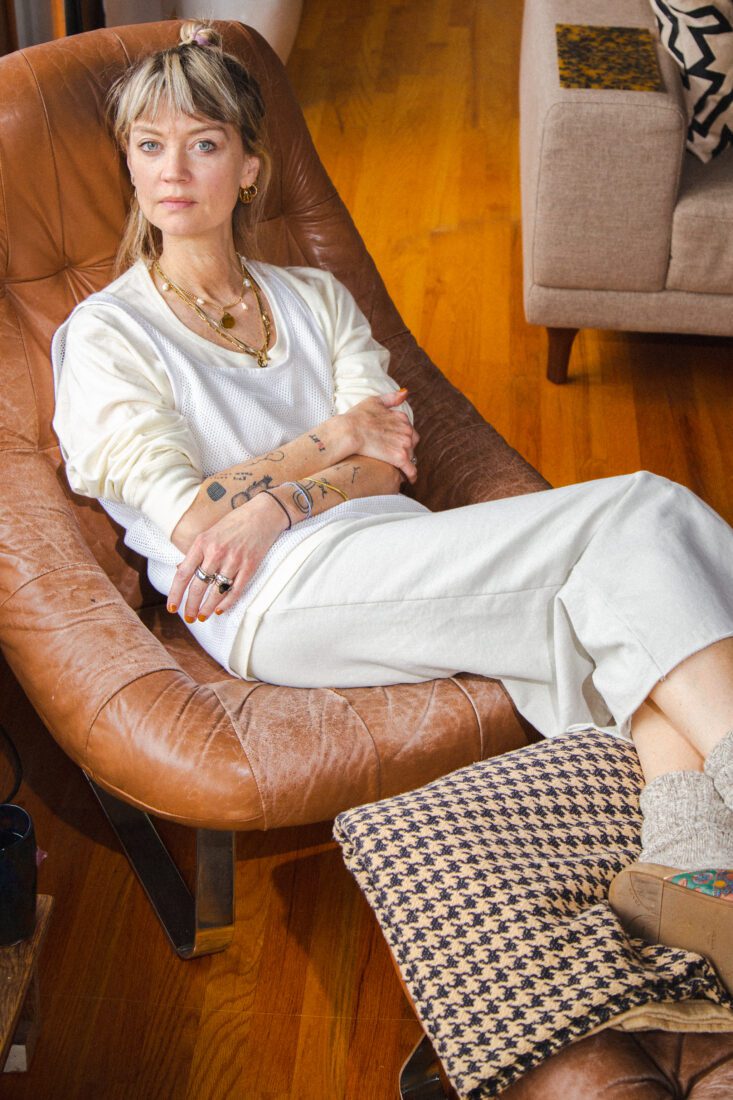
Who Is Laura Cassidy
The Womxn We Love series highlights womxn in the Pacific Northwest that inspire us and whose work we admire. Laura Sullivan Cassidy has been a long-time inspiration for Prairie Underground team
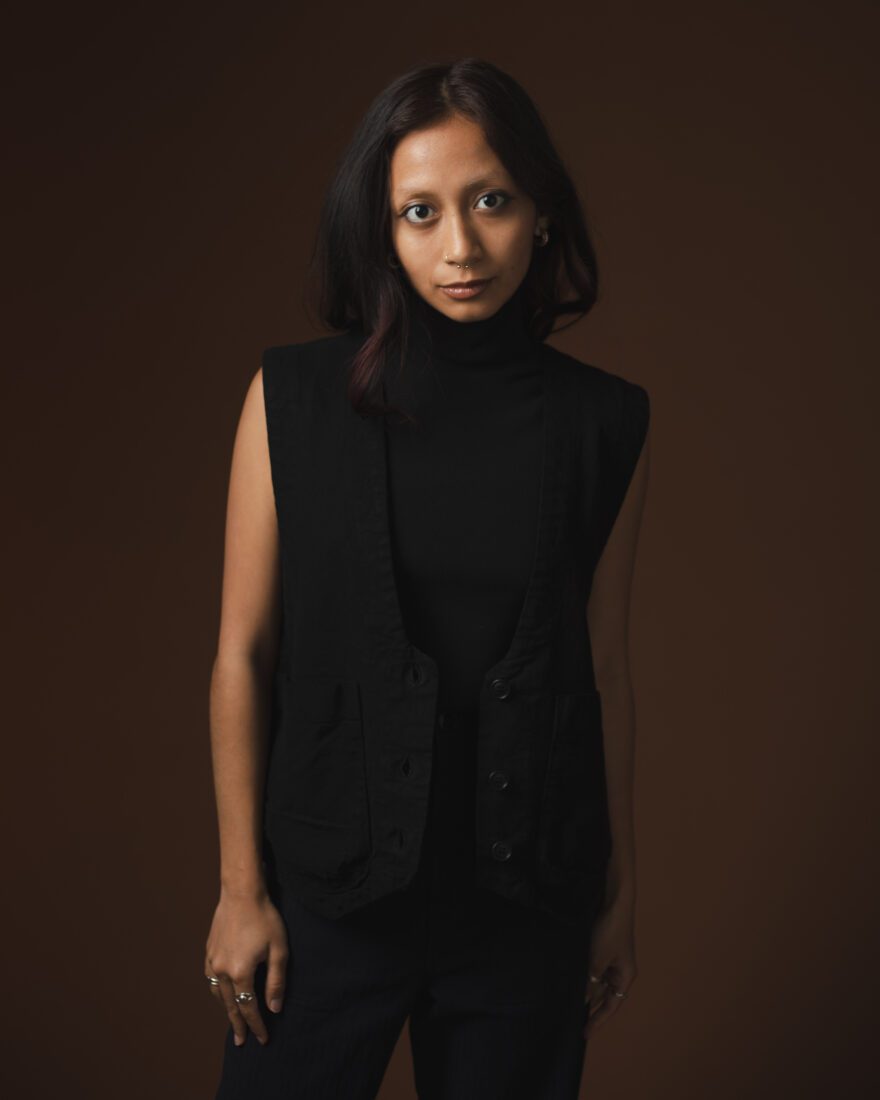
Remake Seattle Community X Prairie Underground
We’re bringing together some of the most valuable contributors in the local fashion industry to discuss the importance of policy and sustainability in creating systemic change. The goal is to
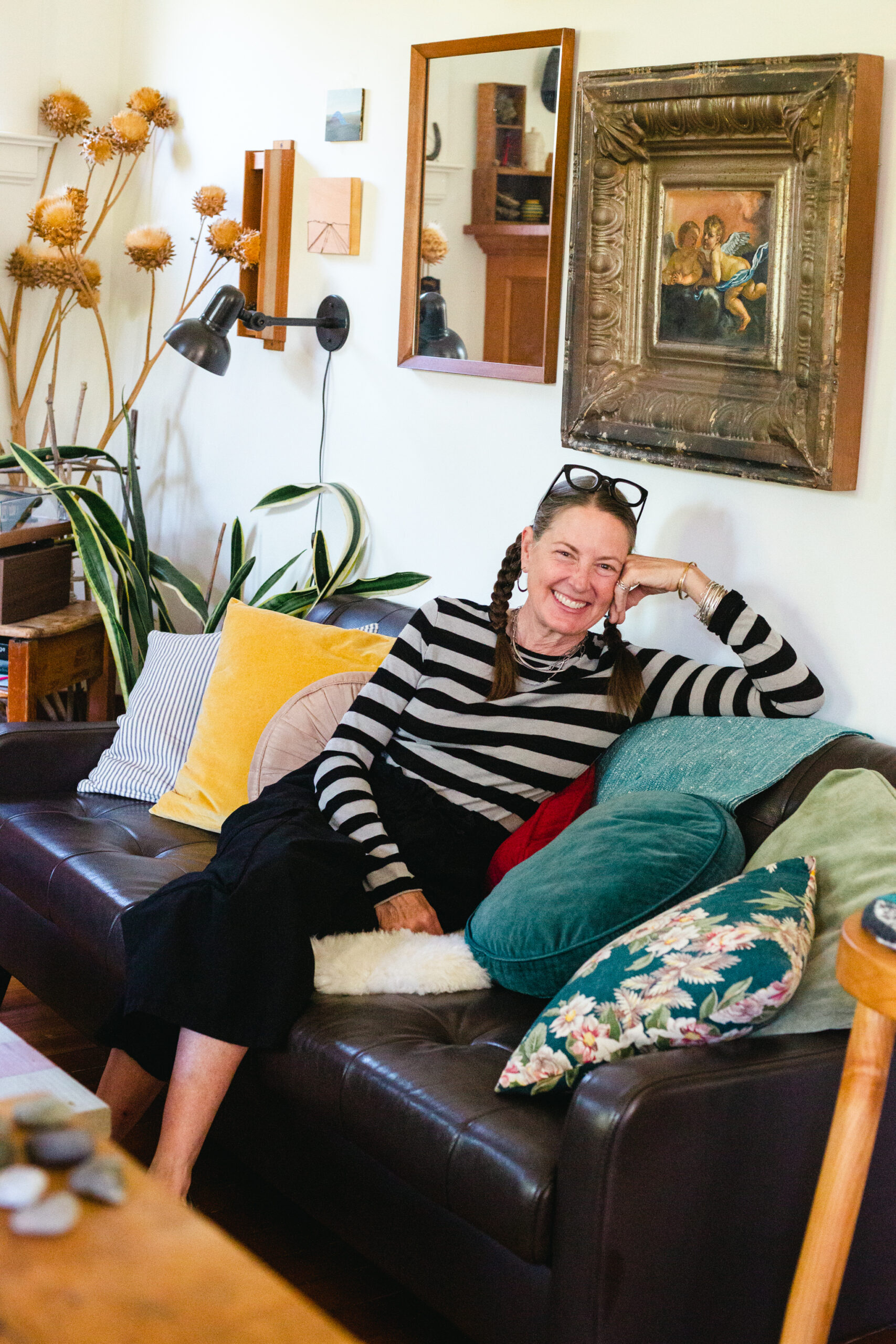
Shelli Markee
Silversmithing by hand Designing, pounding, bending and soldering does not limit Shelli Markee to create beautiful jewelry and wire sculptures by hand. It shows the care, love and perfection she puts
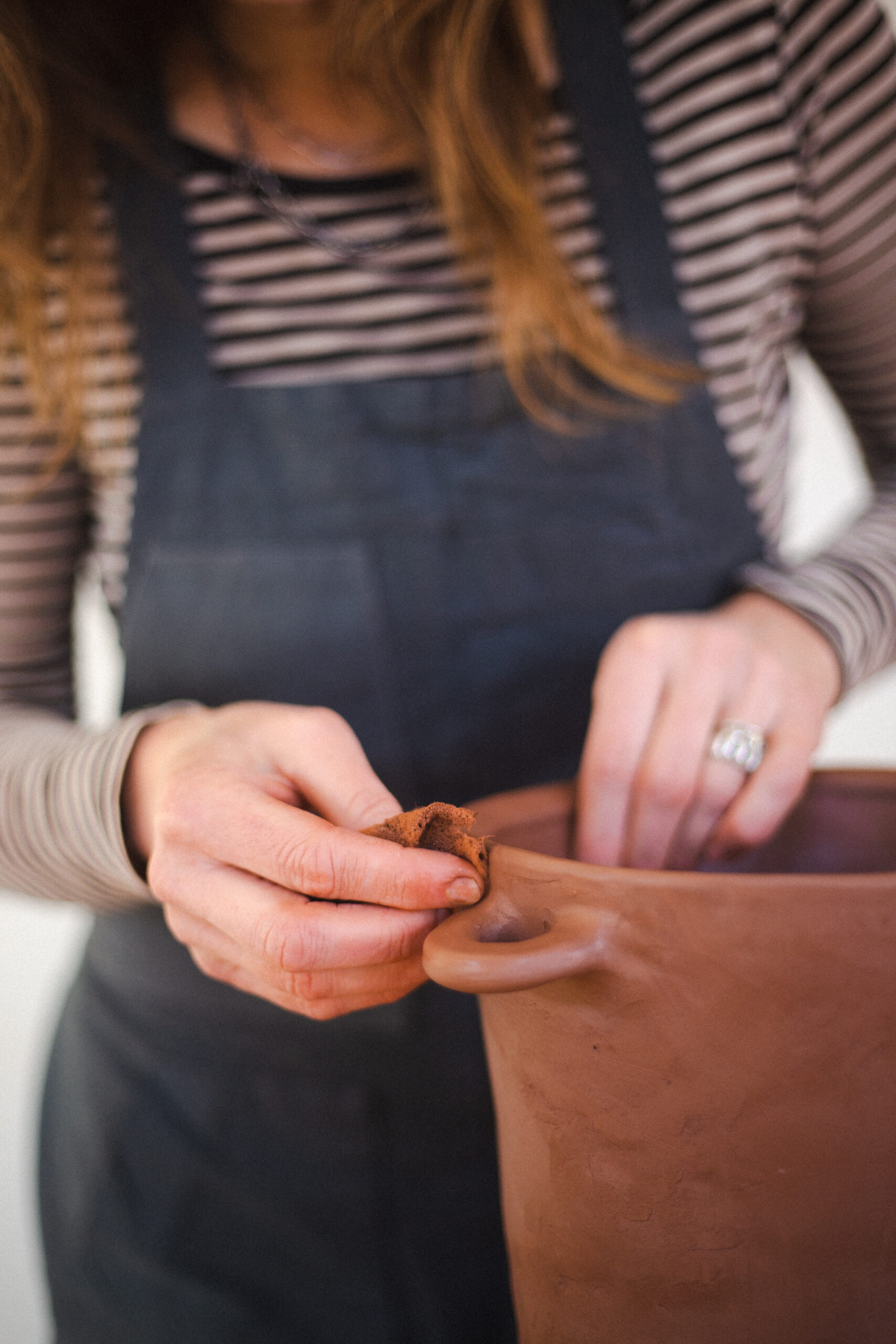
Karra Wise
Into the shed We had the great honor to photograph and interview local Pacific Northwest potter, Karra Wise, for our next feature of Womxn We Love. Photo essay by ELISA
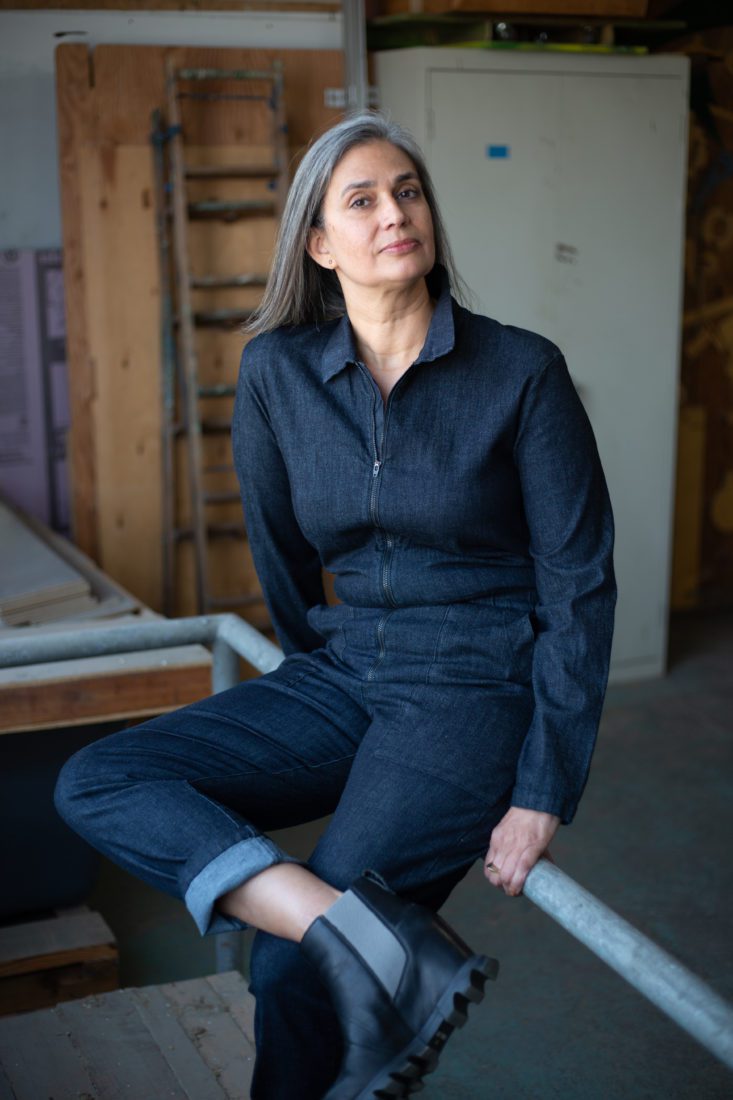
PRAIRIE X MINOR MATTERS
PRAIRIE X MINOR MATTERS We Are Relaunching Our Series Women We Love. Michelle Dunn Marsh From Minor Matters And I Have Known Each Other For Several Years. Michelle Embodies The Values We

Heather Kravas & Solid Objects
womxn’s rites and solid objects In March Of 2020, We Met With Heather Kravas And Victoria Haven In Georgetown To Discuss A Potential Collaboration Between Prairie Underground And Their Work Solid
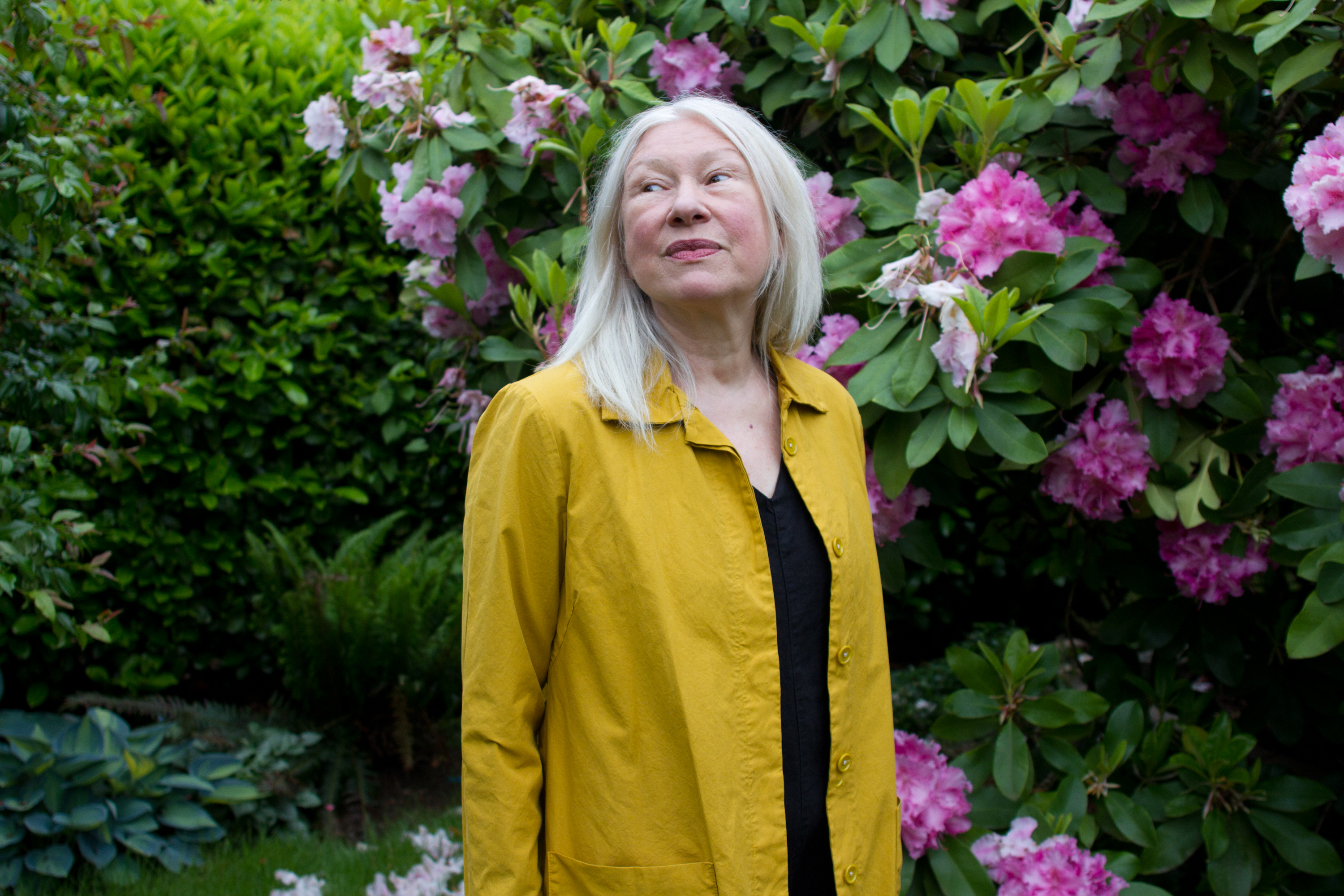
embodied visions of Gretchen Frances Bennett
Can you tell us a bit about your origin? Swedish, German, English, Starseed. What are the ideas or values embedded in the garments you select for your wardrobe? A kind
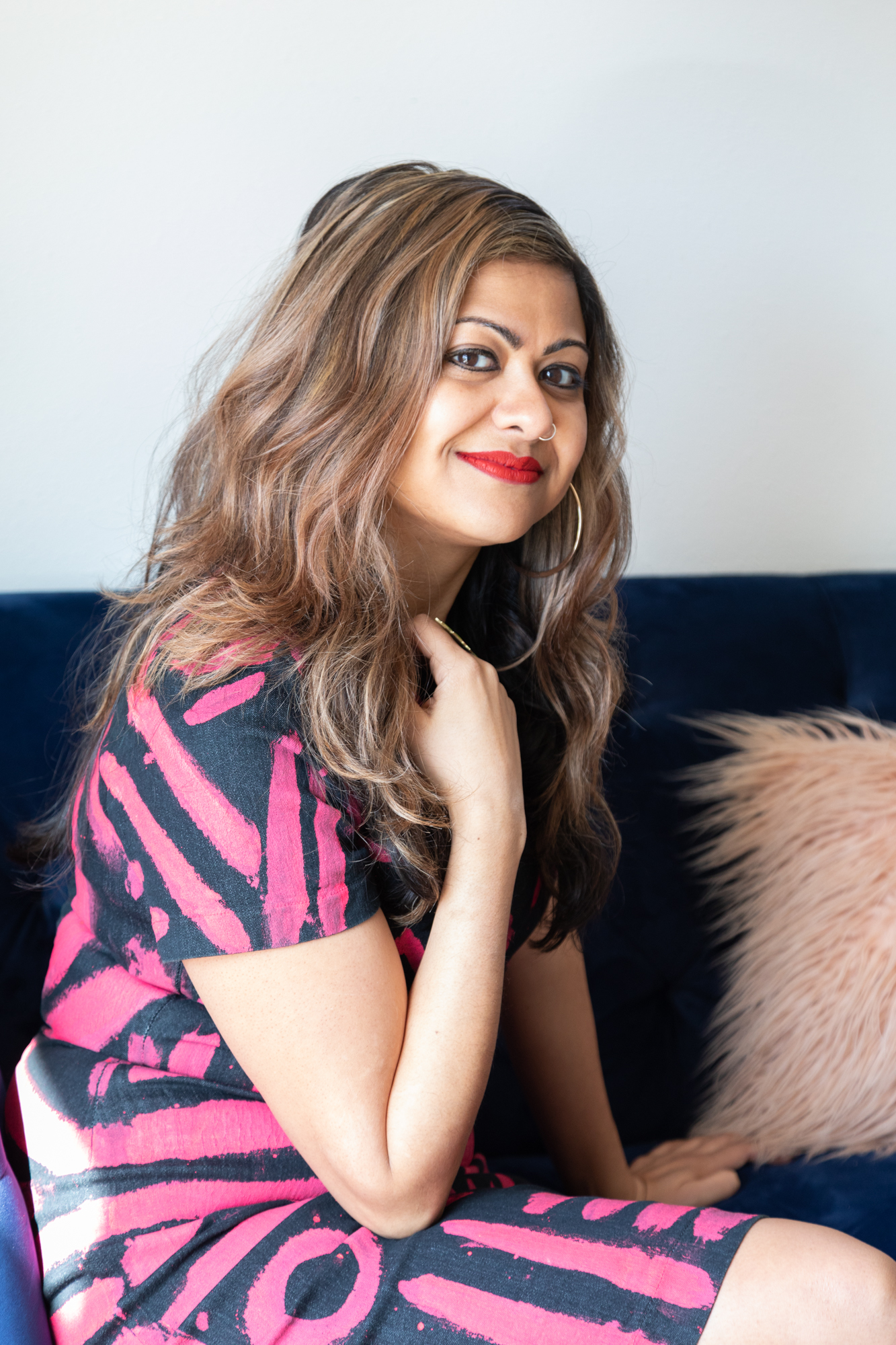
Priya Frank: Joy is my Weapon
In one of our most vibrant interviews to date, we had the chance to meet up with Priya Frank, a powerhouse individual who is the current Associate Director for Community
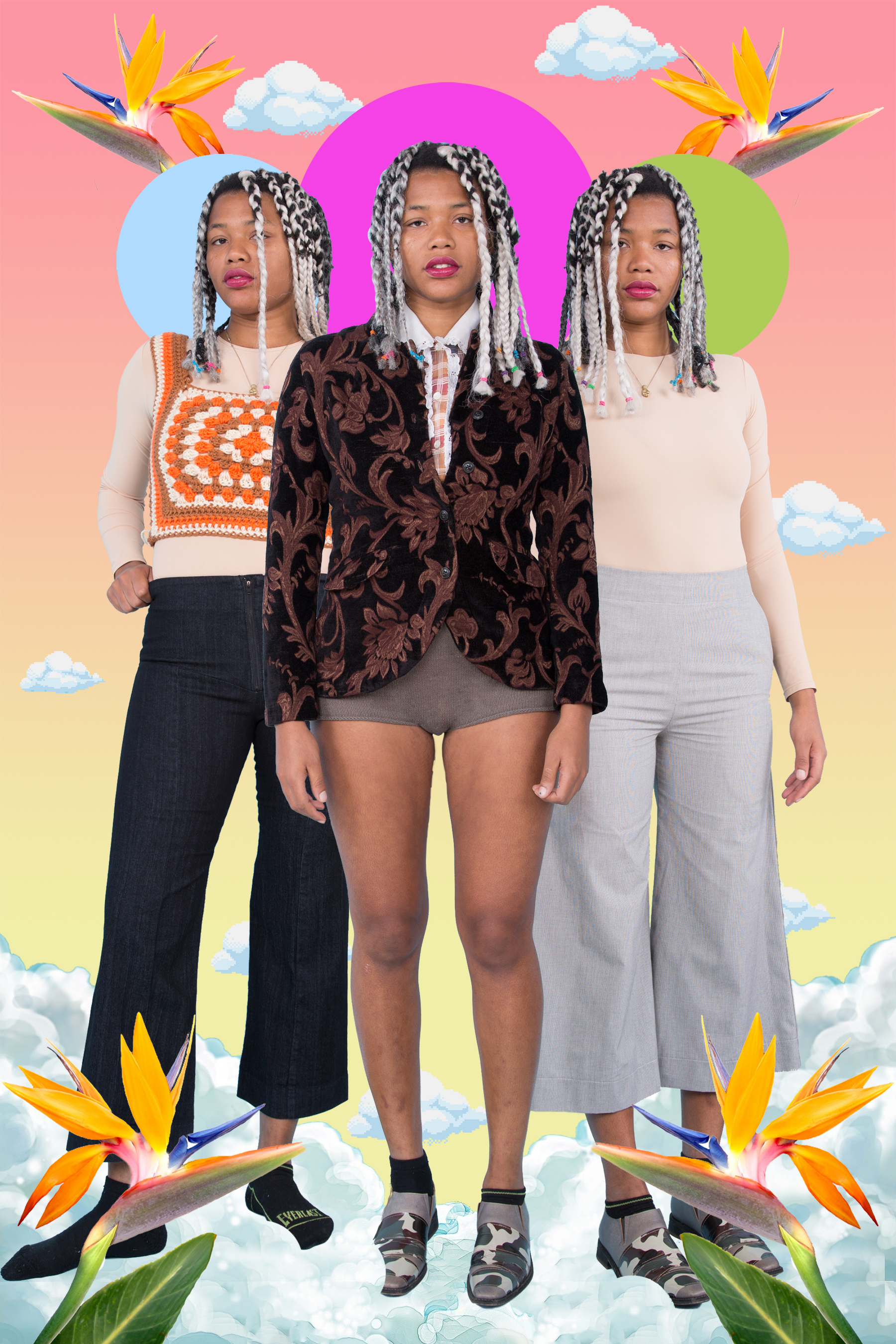
Donormaal
Helmut Lang top Fall 1999, No Sesso Gloves Fall 2016, Womxn’s Rites handloom shorts Fall 2017-present, Comme des Garçons shoes Spring 2004. DoNormaal is an artist living in Seattle and
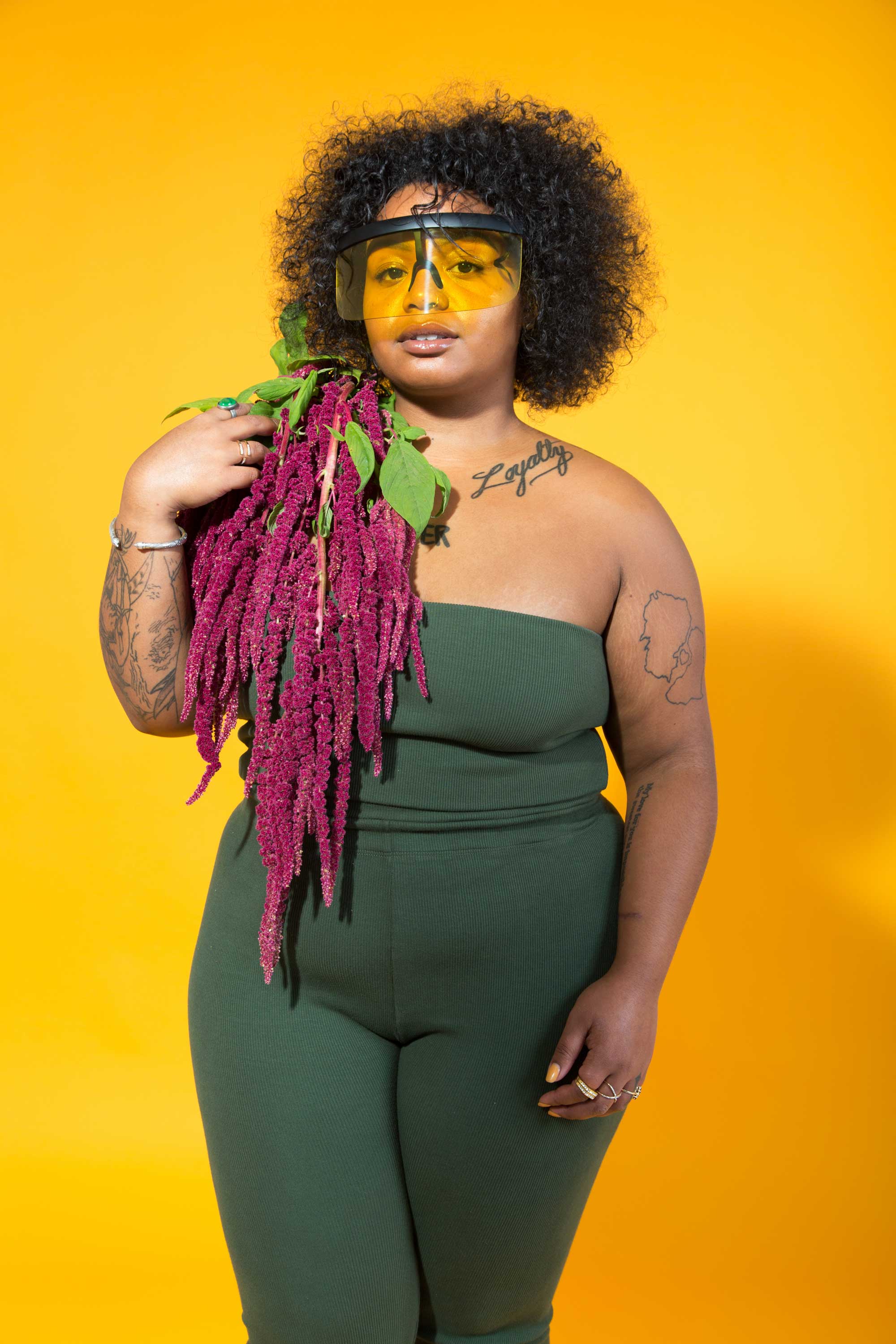
The Siren Sounds of JusMoni
Wearing our Sidewalk Talk (worn as a bodysuit) and Long Raincloak JusMoni a.k.a. Moni Tep, is one of Seattle’s most soulful and enchanting vocalists and songwriters. She has paved her
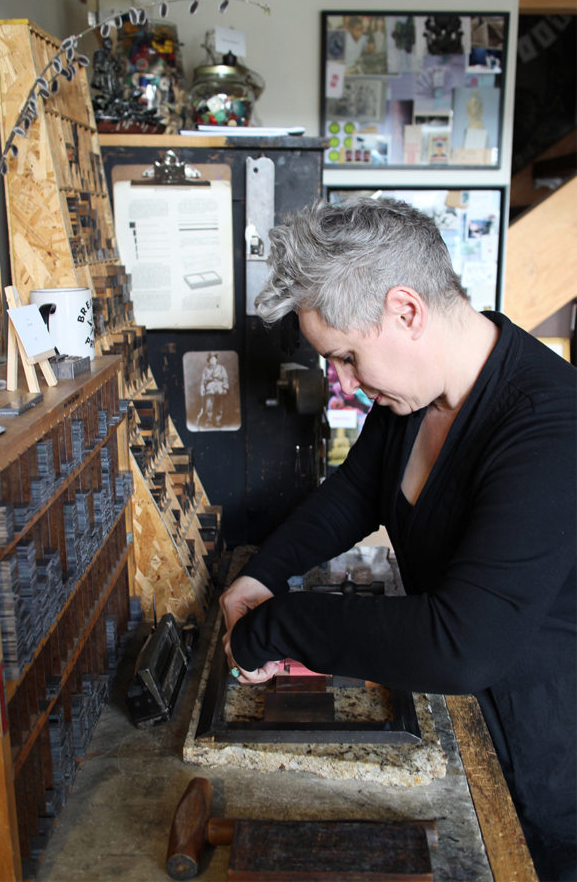
Lynda Sherman on the Power of Reclamation and Collaboration
Lynda Sherman is the sole owner and operator of the incomparable letterpress design and print studio, Bremelo Press. Based in Seattle, Bremelo Press acts as a studio for Sherman, as
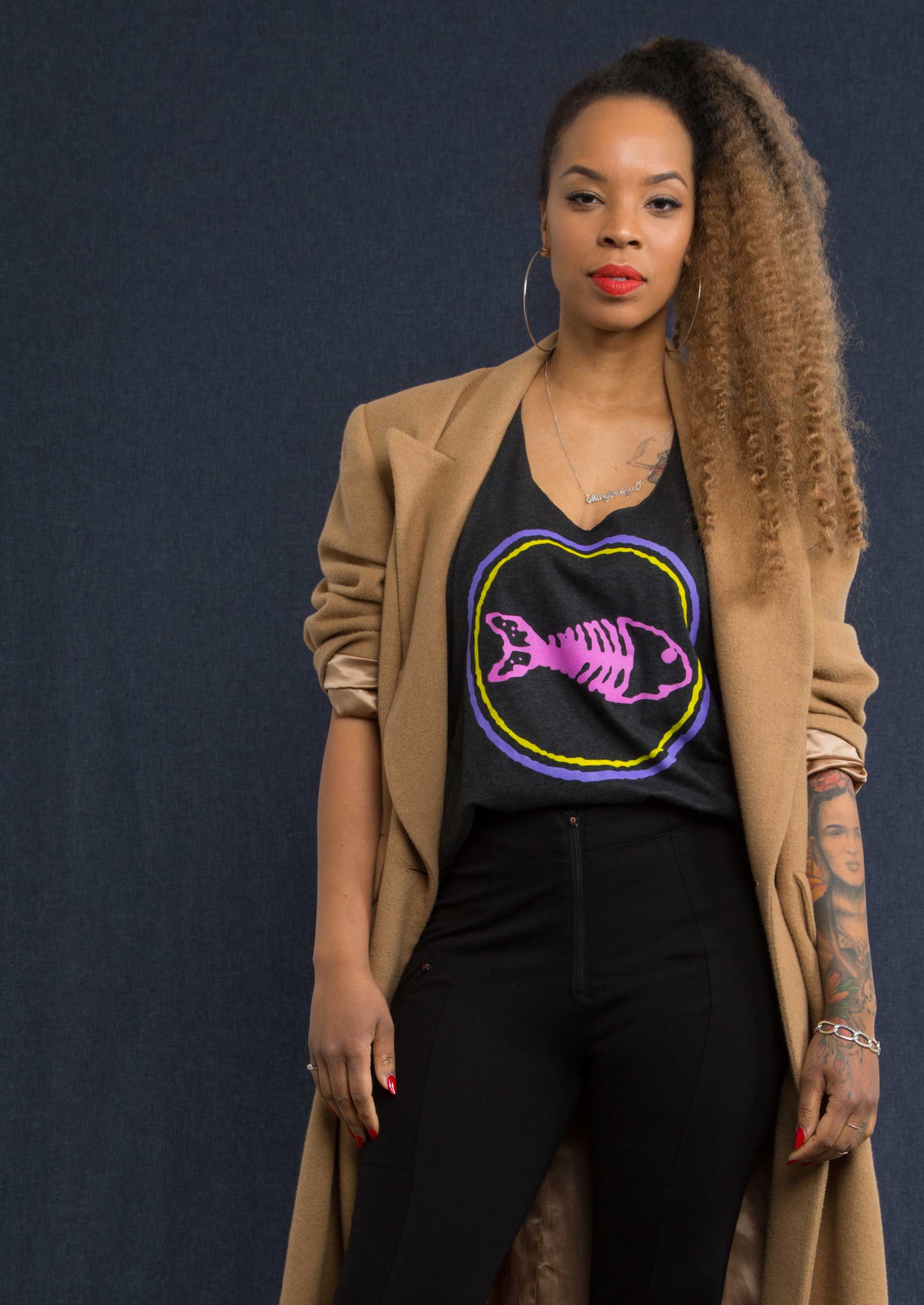
Tariqa Waters on the art of un-branding a brand
Tariqa Waters is an artist, mother, entrepreneur and the driving force behind the shapeshifting venue Martyr Sauce. She styled her closet full of good finds with our collection and stopped
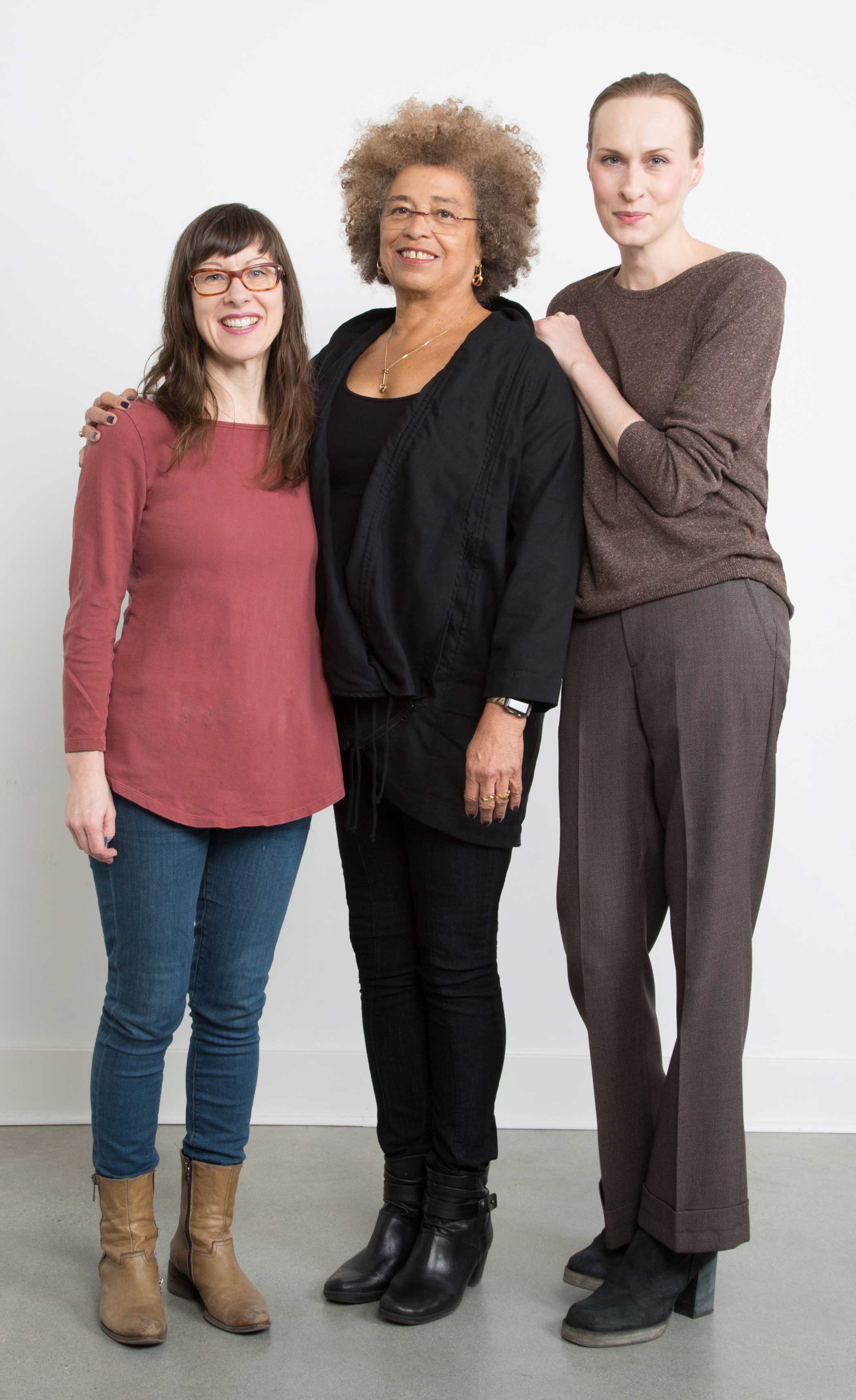
Angela Davis’ Enduring Wisdom
The women we love series generally highlights women in the Pacific Northwest we meet through our work or cultural pursuits in the city. They are the women we contemplate when
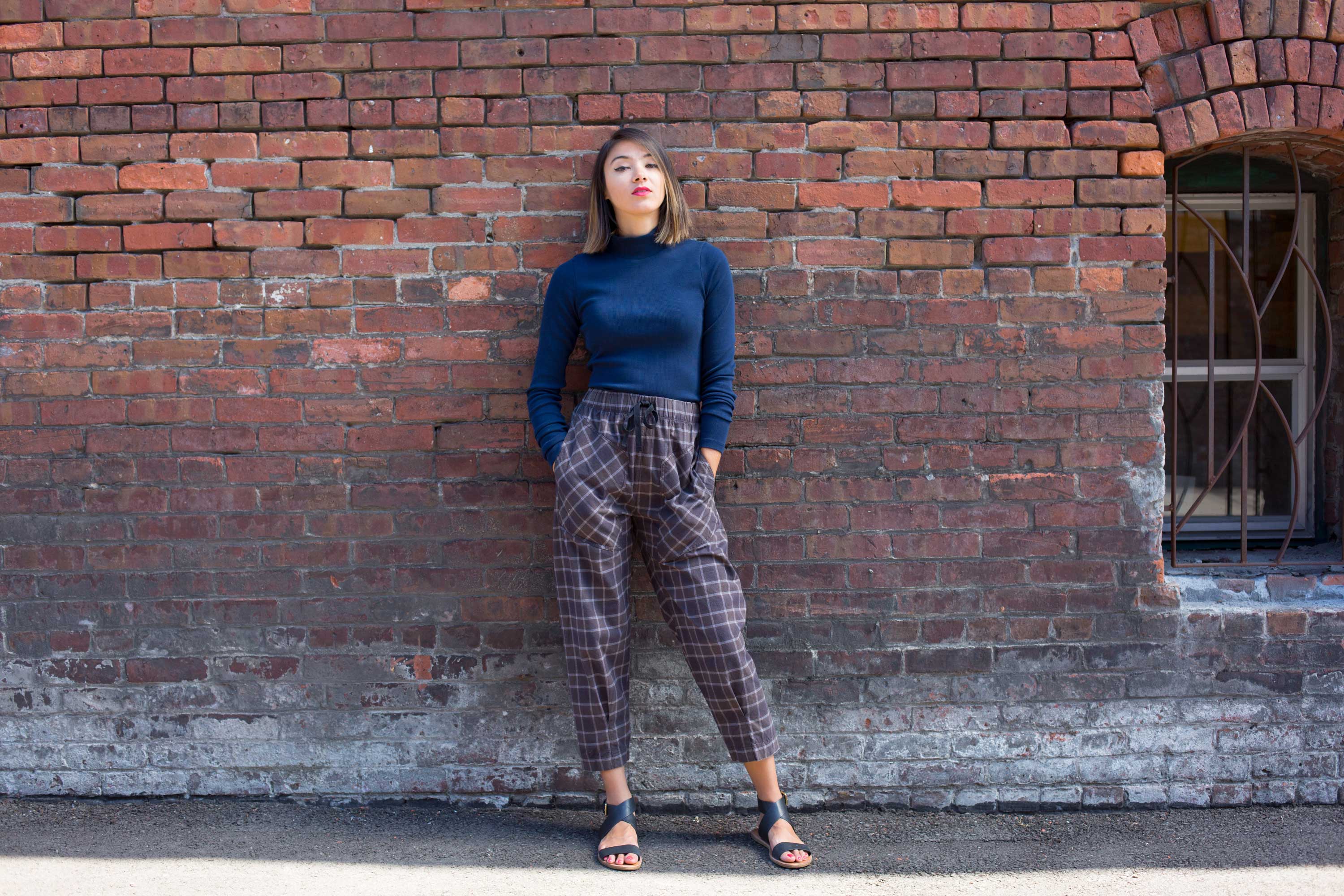
The Liberal Arts of Hollis Wong-Wear
Hollis Wong-Wear in Georgetown wearing our Sportwardian and Jules Skirt from our Fall 16 Collection Hollis Wong-Wear is a poet, activist, musician and advocate for the under-represented. We had the
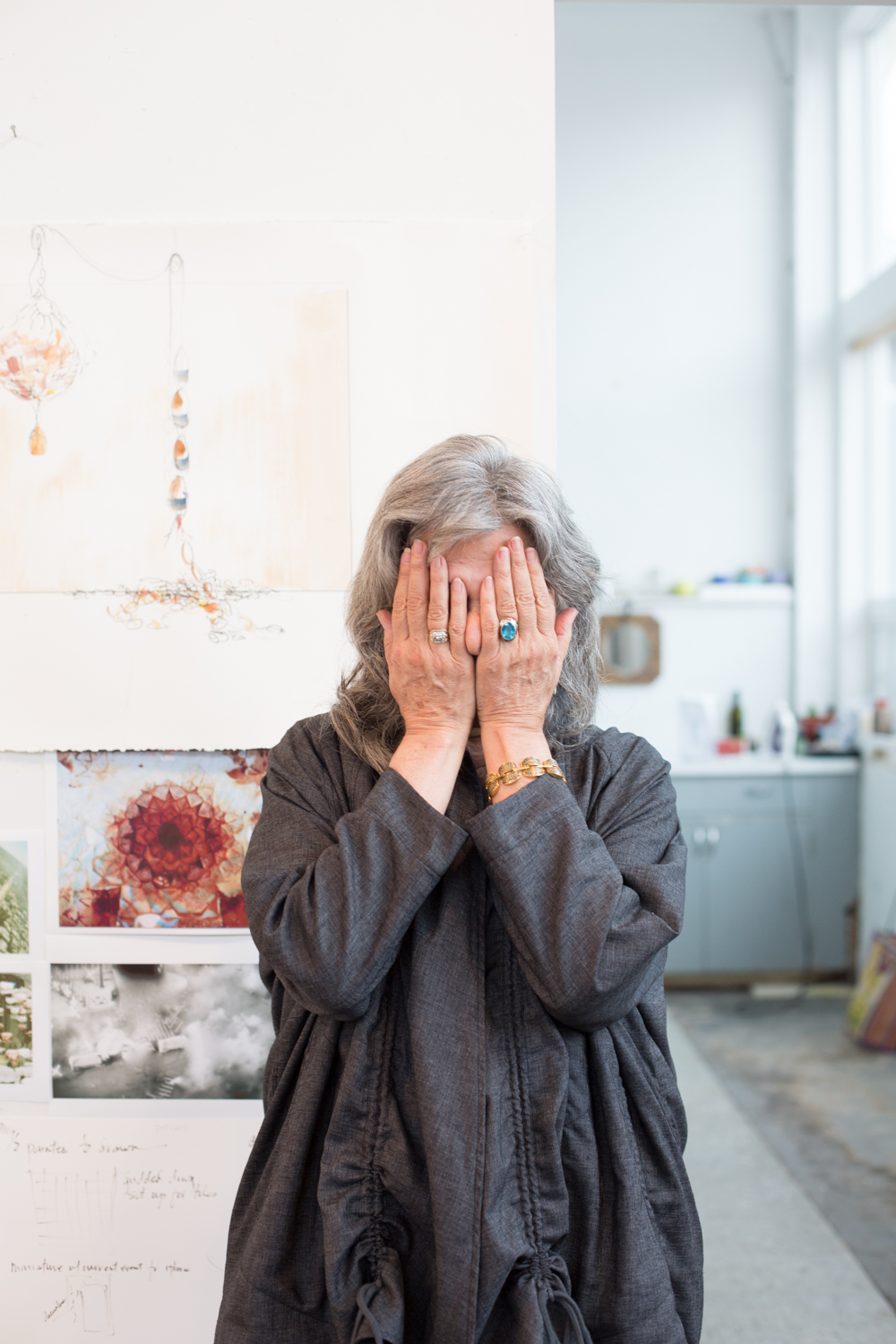
The Distant Observer
Mary Ann Peters is one of Seattle’s most thoughtful creatives. She has conceived large scale installations made of honeycomb and flour to tapestries and bronze casted pitas. Mary Ann founded

Isvald
Izzie Klingels is a renaissance woman of the world. Originally from London, she relocated to Seattle six years ago to live with her husband Christian Petersen of I Want You
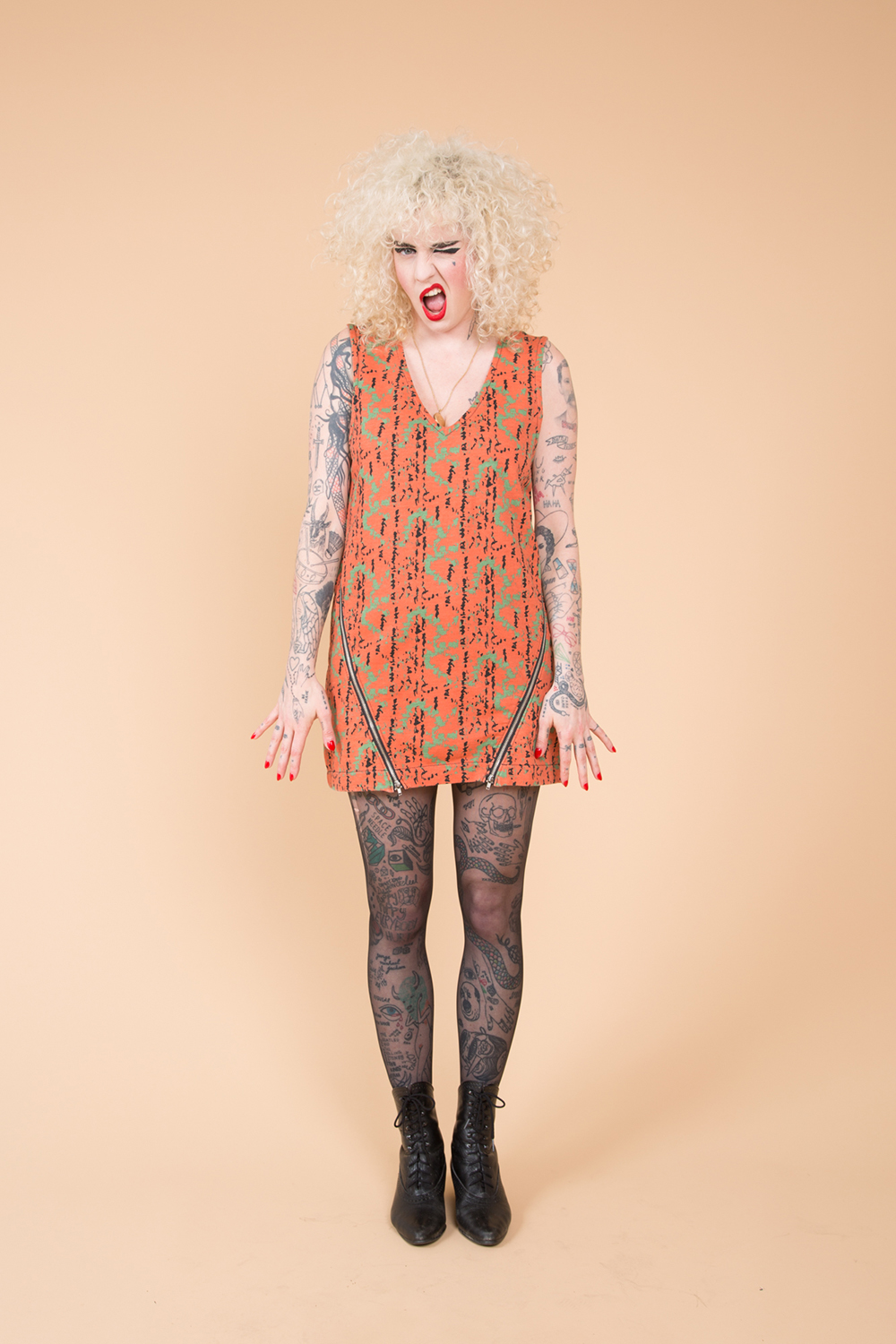
High Philosophy : An Interview with Gazebos
Shannon Perry – Vocals, wearing our Hyper Kinetic RomperIn a city that has no shortage of music Gazebos is a Seattle band you must see live. Each individual in this
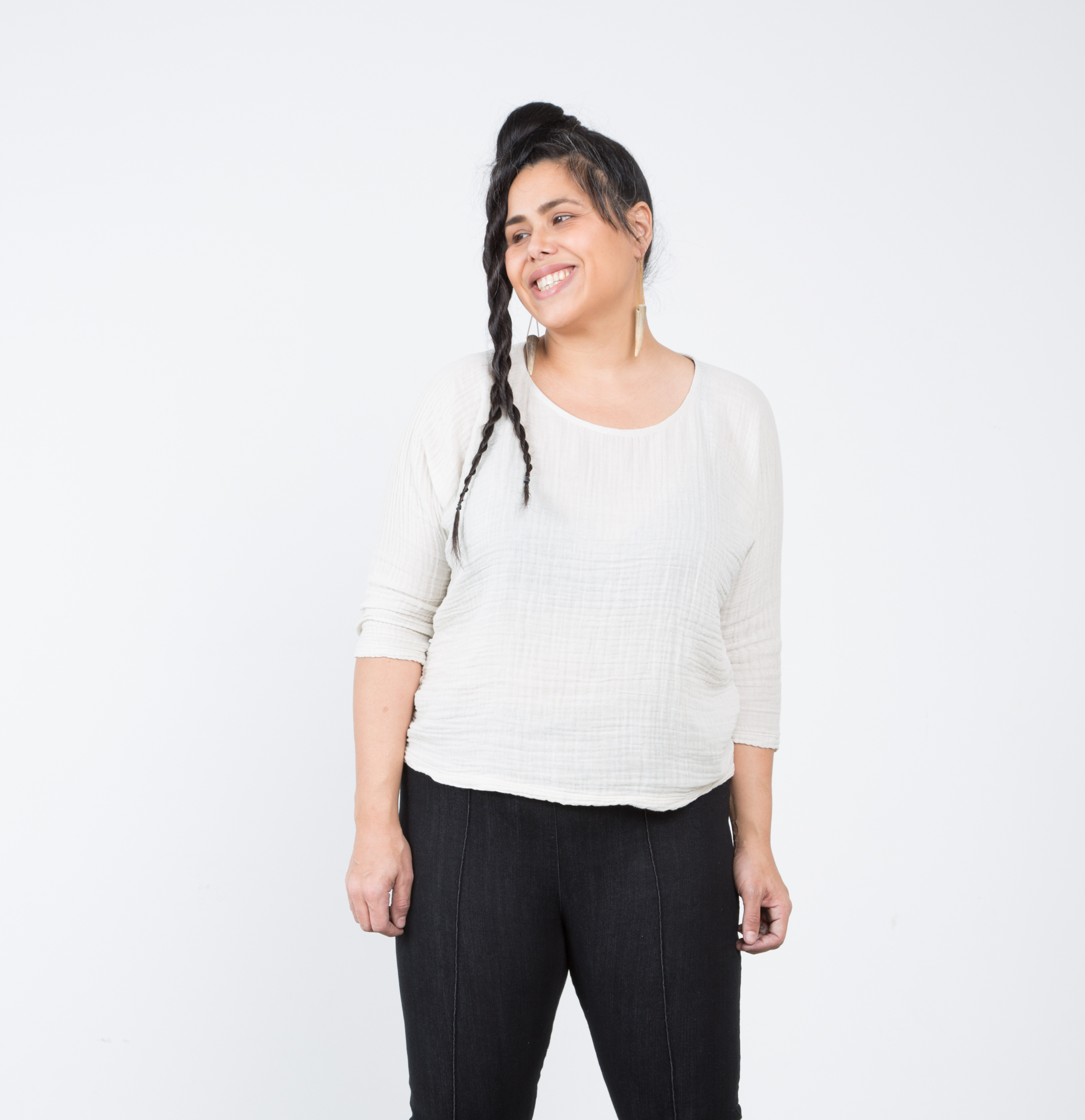
A Curated Glimpse
Adria Garcia runs vintage clothing boutique Indian Summer on Capitol Hill, Seattle. Along with being a beautifully curated shop in the city, it also acts as a cultural hub connecting
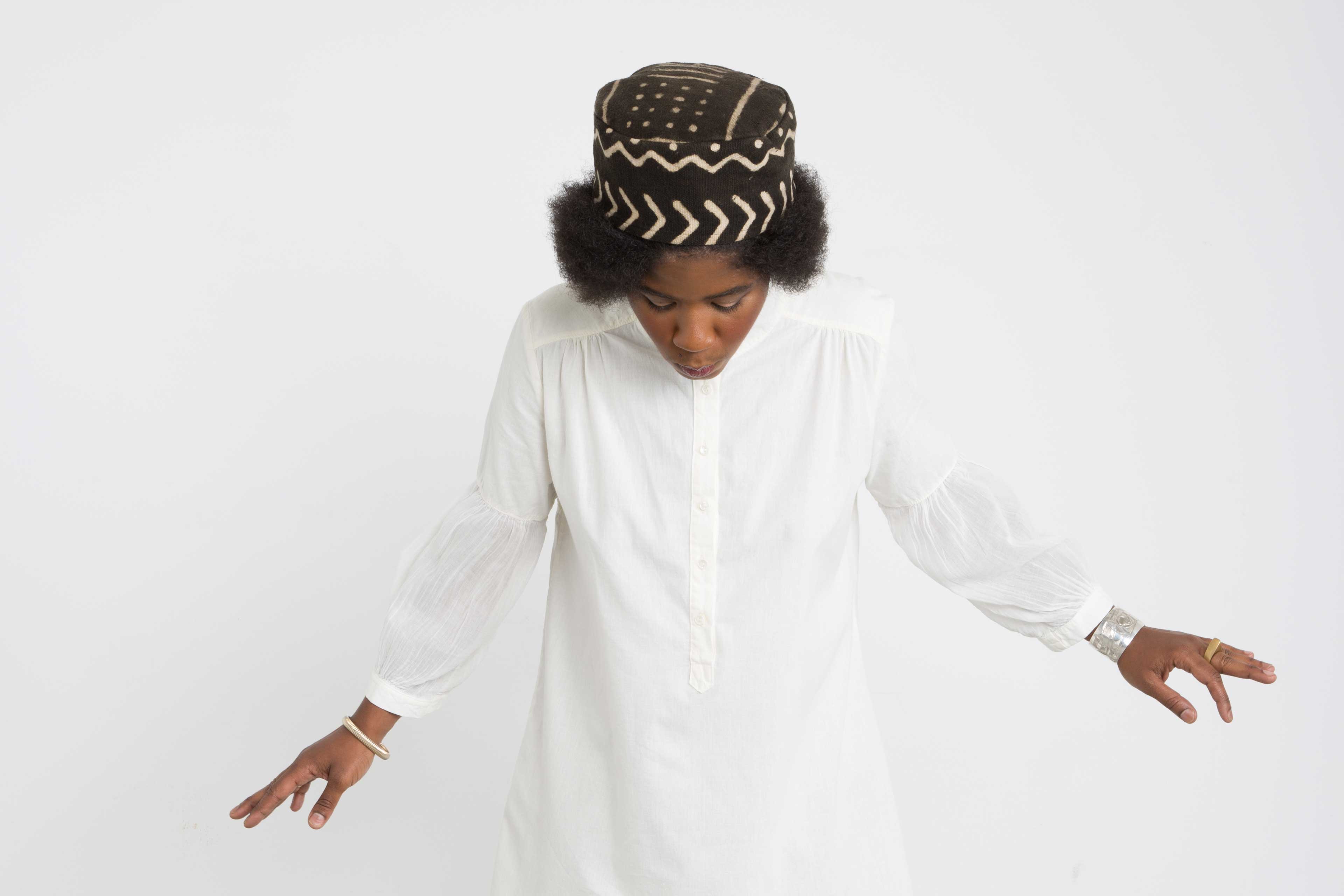
Satisfying Cat
Cat aka SassyBlack is one half of the hip hop duo TheeSatisfaction. As she works on a series of solo projects we had her in the studio to pair up

An Interview With Hisako Nakaya
Hisako Nakaya received her BA from U of W. She has been teaching patternmaking, pattern grading and design development at Seattle Central College for the past 36 years. Her love for teaching has inspired many graduates to work successfully in the apparel industry.